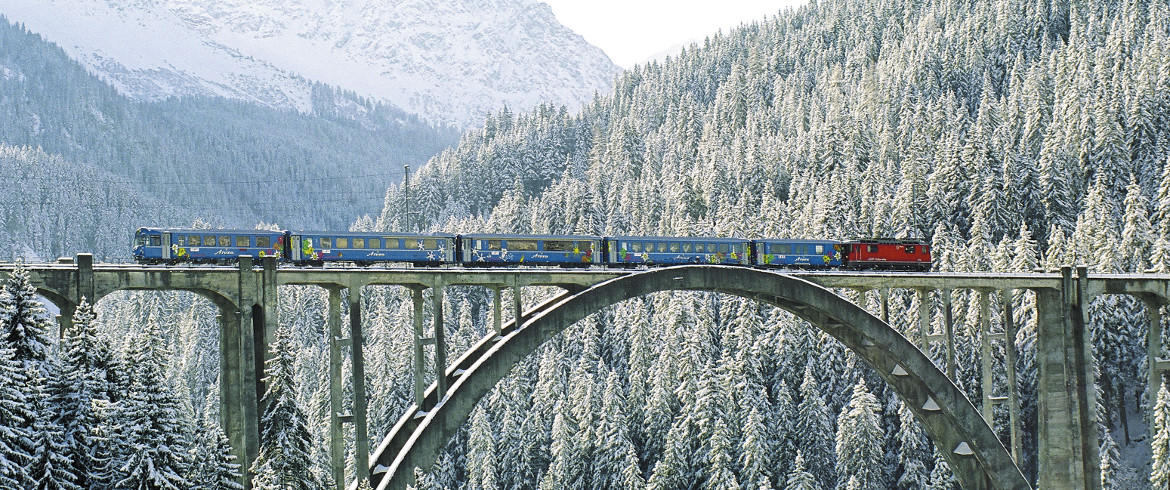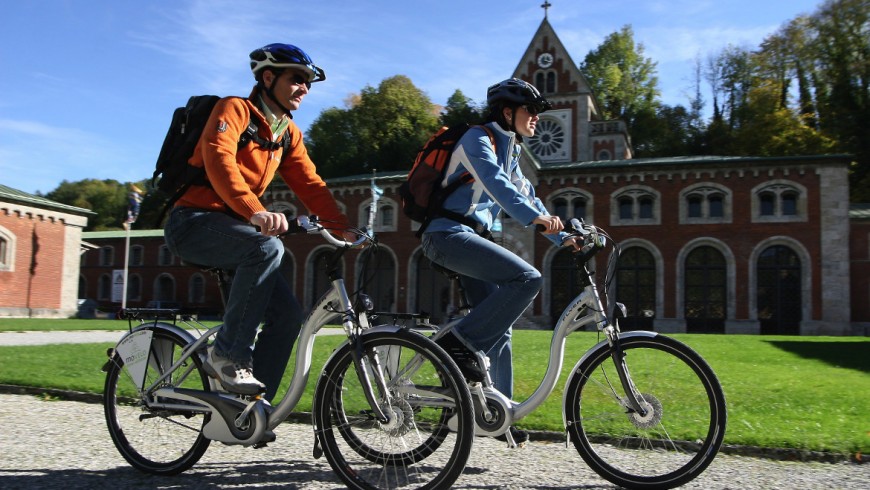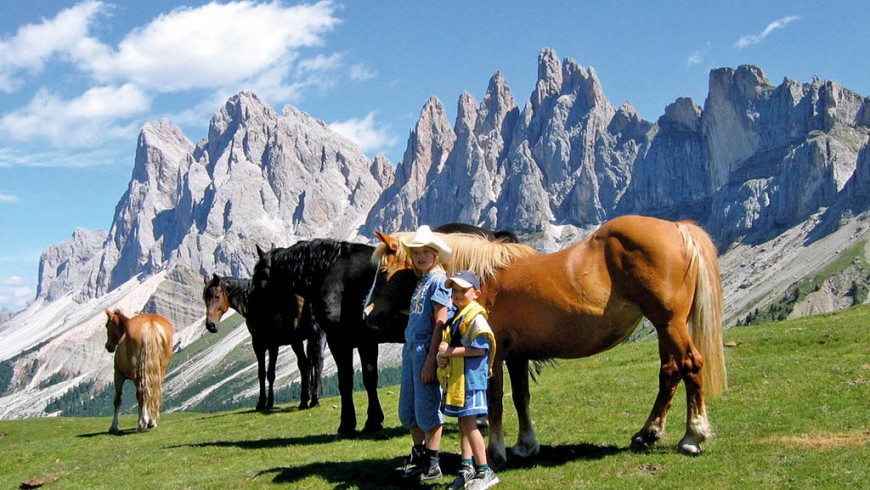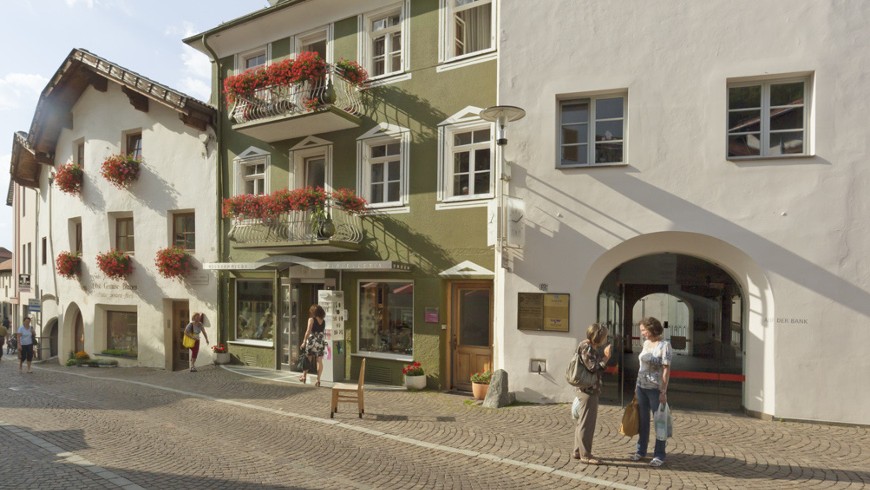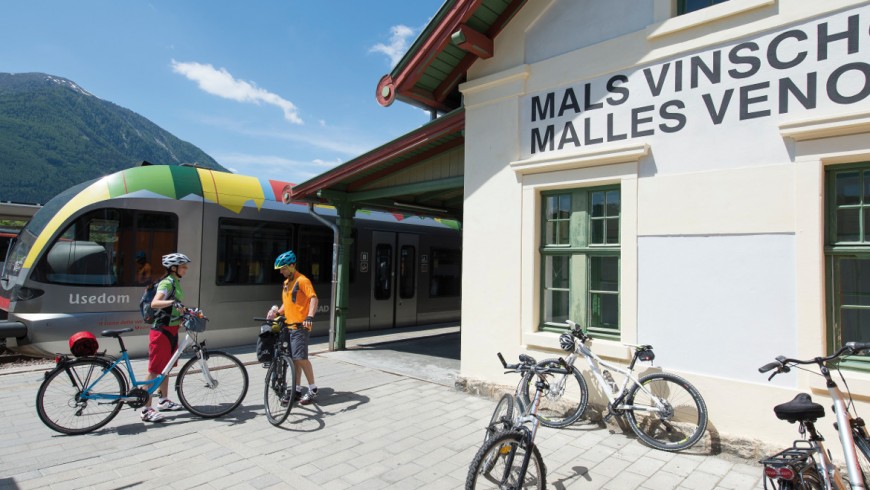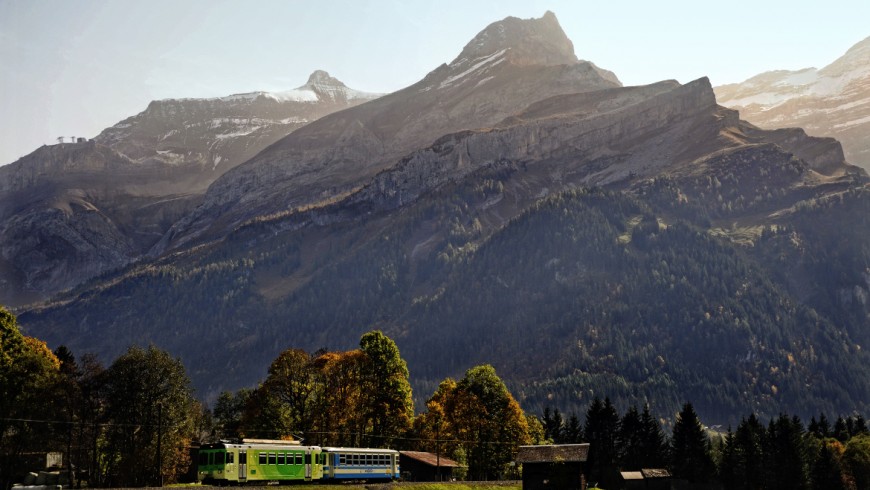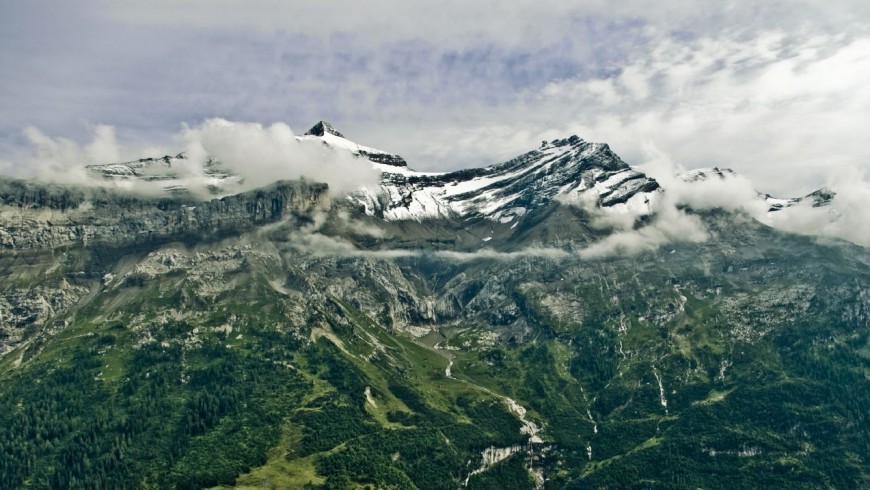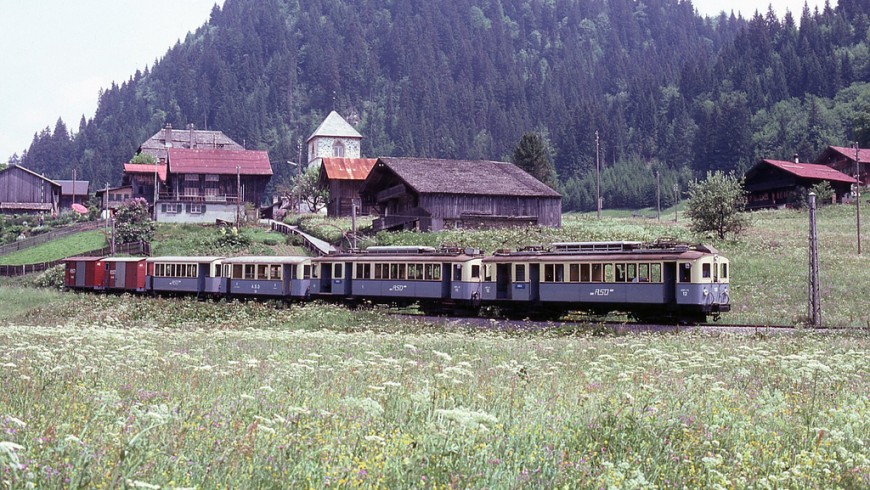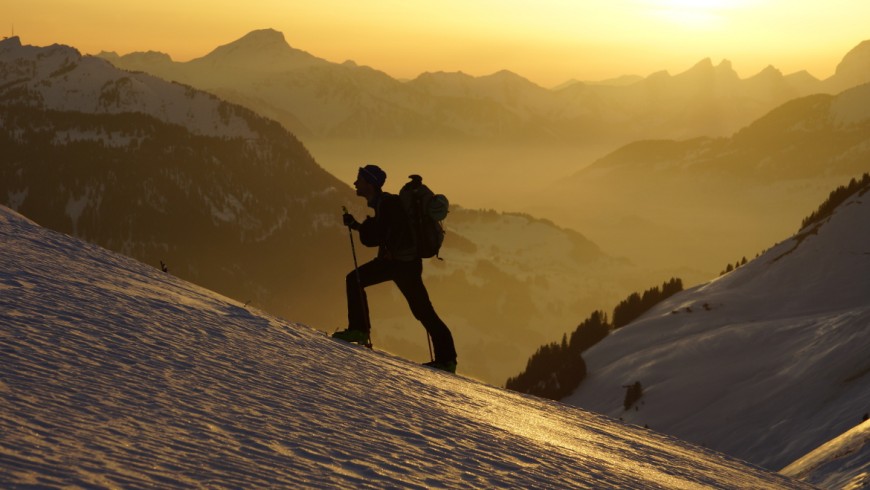There are villages in the Alps where it seems to go back in time, but also to live in the future.
The landscape is as perfect as that of a nineteenth-century painting: under the white mountains of the deep green of the woods, then the old roofs of the houses, and red geraniums in the foreground.
You can enjoy this landscape aboard an electric tesla car, which takes you from the train station to your eco-friendly hotel, enjoy the beautiful scenery moving quickly from the window of your electric bus, explore nature riding a modern e-bike or aboard an innovative ecological boat.
This fantastic mix of past and future can be experienced in the Alpine Pearls, 27 MunicipalitiesVirtuous for their green mobility, scattered in different regions of the Alps. From Austria to Trentino Alto Adige, from Switzerland to Piedmont, from France to Valle d’Aosta, from Germany to the Friuli Venezia Giulia, who chooses a holiday in the Alpine Pearls can really leave the car at home and travel without polluting. This is the future!
Car-free vacation, here it’s easy!
You can get in the Alpine Pearls by train or other public transportation, you can take advantage of shuttle services and electric bicycles which can be recharged with energy from the sun or other clean energy sources.
You can reach Chamois, in Valle d’Aosta, only on foot or by cable car, and cars are banned. In Les Gets, France, you can rent an electric mountain bike, and if you decide to go skiing with an electric car you have a discount of 20% on the skypass cost.
In Cogne, Valle d’Aosta, you can use a free shuttle service and e-bikes. In Hinterstoder (Austria) you can travel with an ultra-modern system of electric buses, in Termignon (France) there is a car-pooling service, in Weissensee (Carinthia) an innovative boat without CO2 emissions.
The environmental challenges of Alpine Pearls
“And now we take new roads” is the slogan that has titled the annual conference of the Alpine Pearls, which took place last weekend in Racines, in Alto Adige, in which we attended as ItalyGreenTravel and EcoDots.
The forward-looking mayors and administrators from various municipalities of the Alps have met to talk about sustainable tourism and future plans of their touristic locations. In this important event, they decided to undertake new environmental challenges and to go even deeper on the issue of environmental sustainability.
The Alpine Pearls have therefore taken the road of climate protection through the use of 100% renewable energy and by increasing energy efficiency. By 2030 all the Alpine Pearls will indeed reach a level of at least 80% energy self-sufficiency, becoming examples locations for environmental sustainability, protection of nature, landscape and biodiversity.
In addition, to reinforce this philosophy in the Alps, it will create “Pearls’ necklaces“, linking through routes on foot, bike or horse, these unique locations. In the past it was successfully tested between Forni di Sopra and Sauris, two sites of Friuli Venezia Giulia, through a horse trail that allowed tourists to visit the two villages, with no CO2 emissions.
But the big news of the meeting was the announcement of 2 new eco-friendly destinations that have become part of the Alpine Pearls. The two new entries are:
1. Mals, the new Alpine Pearl in Alto Adige (Italy)
With its historic architecture in Engadine style (until the beginning of the 900 it was part of Chur, Switzerland) and with its Italian lifestyle, Mals is a perfect mix of culture and nature.
Why is eco-friendly:
The municipality of Mals, which recently banned pesticides in all its territory, has implemented several best practices to save energy and promote sustainable transport. With regard to green energy: Malle sproduce clean energy with 7 hydroelectric plants and 13 photovoltaic systems, and aspires energy self-sufficiency. With regard to sustainable mobility: tourists staying in Malles can travel for free in the Valley using public transportation, they can enjoy a comfortable car-sharing (with 2 new electric cars), as well as excellent rail system, and a network of bike trails leading to Switzerland.
Mals station, photo by Markus Anne ObervinschgauDo not miss:
The peculiarity of Malles is its traditional markets selling local products in season. In autumn markets are enriched with the aromas and flavors of the grape harvest and with local products from alpine meadows.
2. Les Diablerets, the new Swiss Alpine Pearl
Jean Marie, deputy mayor of Les Diablerets, describes the small town in the Swiss Alps, between Lake Geneva and Gstaad, starting from a historical publication, in 1925, in which the virtuous village was already defined as a “pearl” in the Alps. In the Middle Ages the picturesque landscape of mountains aroused fear and mystery, and was considered to be inhabited by the devil, hence its name Les Diablerets (which in French means devil).
Today is a paradise in the heart of the white Vaud Alps, 1,200 meters high. The magnificent glacier, which reaches up to 3000 meters above sea level, offers over 125 km of pistes, with Free ski pass for children up to 9 years!
Why is ecofriendly:
You can get to Les Diablerets by train, and use an efficient free shuttle service (both in summer and in winter) to travel without polluting the surrounding valleys. You can choose between 50 km of slow trails, a toboggan run more than 7 km long, and many bike paths. Not enough for you? All visitors receive a “Free Access Card“, a free card to go on public transport during their vacation. Sustainable tourism is not the only goal of Les Diablerets: there are also clean energy, sustainable transport and the promotion of international schools for the study of sustainability.
Do not miss:
Eco-Villages, a festival that takes place every August in Les Diablerets, to talk about environmental sustainability, alpine architecture and, of course, about the future of the Alps with experts from all over the world. The theme of next year will be the sustainable mobility !
Cover photo: Soft mobility in the Alpine Pearls, train to Arosa, Switzerland
